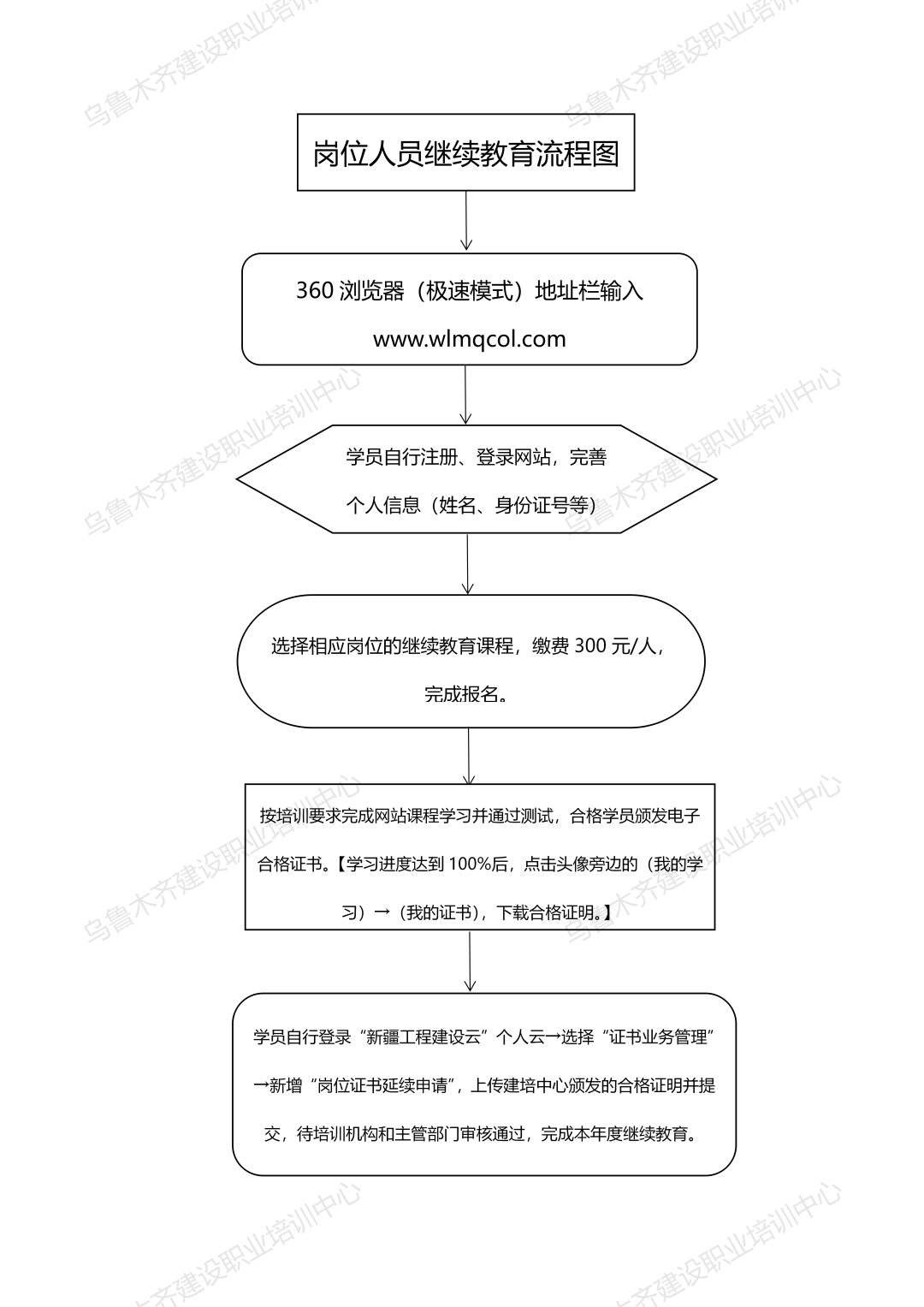2、 Classification 1: According to the bearing form of external scaffold foundation, it is divided into floor type scaffold and cantilever type scaffold; 2.
(18) Fasteners: Bolted connections (19) Right angle fasteners: Fasteners used for connecting vertically intersecting rods.
Cantilevered scaffold: Cantilevered scaffold is a construction external scaffold composed of a section steel support frame (or fastener type steel pipe), a fastener type steel pipe scaffold, and wall fasteners.
Closed loop scaffold: A scaffold that is closed and set along the perimeter of a building.
(14) Wall connecting member: A component that connects a scaffold to a building (also known as a wall connecting point or a wall connecting rod).
(9) Longitudinal horizontal rod: A horizontal rod set along the longitudinal direction of the scaffold (also known as a large cross bar, a large cross arm, a lead bar, and a water bar).
(26) Base plate: A support plate installed under the base.
External scaffolding is mostly used for exterior wall masonry, facade decoration, and reinforced concrete projects.
(22) Anti slip fasteners: Non connecting fasteners added according to anti slip requirements.
According to whether the external scaffold intersects the perimeter of the building, it is divided into open type scaffold and closed type scaffold.
(4) Corner pole: A vertical pole located at the corner of the underframe.
(25) Adjustable base: a base that can adjust the height of the support pad.
(11) Sweeping rod: A horizontal rod that is close to the ground and connects the root of a vertical rod.
When selecting any form of external scaffold, it is necessary to determine the construction composition of the external scaffold based on the characteristics of the building, national or local regulations, rules, and functional requirements of the scaffold.
(5) Double pipe material: two upright poles that are juxtaposed and close to each other.
Semi enclosed scaffolding: scaffolding with a shielding area of 30% to 70%.
(10) Horizontal horizontal bar: A horizontal bar (also known as a small horizontal bar, a six-foot bar, a horizontal ridge, or a joist) set horizontally along a scaffold.
Open scaffold: A scaffold that is not closed along the perimeter of a building.
(3) Inner upright pole: The upright pole on the side of the double row tripod that is close to the wall.
3、 Introduction to various external scaffolds: Floor type steel pipe scaffolds refer to single or double row fastener type steel pipe scaffolds erected from the ground or building structure upward.
(8) Horizontal rod: A wooden flat rod in a scaffold.
(7) Auxiliary vertical pole: A vertical pole in a double pipe vertical pole that shares the load of the main vertical pole.
(21) Butt fastener: A fastener used for the butt connection of rods.
(4) Corner pole: A vertical pole located at the corner of the underframe.
(23) Base: A cushion located at the bottom of a vertical pole, which is an accessory that bears and transmits the load of the vertical pole.
Today’s architectural knowledge is shared here.
.
(15) Transverse slant support: diagonal bars that are obliquely crossed with the inner and outer upright bars or horizontal bars of the double row scaffold.
Open scaffold: a scaffold that is only equipped with railings and toe boards on the working floor, without other shielding facilities.
(24) Fixed base: a base that cannot adjust the height of the support pad.
(17) Throw brace: a piece that is diagonally intersected with the outer side of the scaffold.
(6) Main vertical pole: A vertical pole in a double pipe vertical pole that directly bears the top load.
Generally, external scaffolds should not only have the general functions of scaffolds, but also have the functions of safety protection and aesthetics.
Its vertical load is transmitted to the main structure through the bottom section steel support frame (or fastener type steel pipe).
(13) Horizontal bottom sweeping rod: A bottom sweeping rod arranged horizontally along the scaffold.
Single row scaffold: A scaffold with only one row of vertical poles and one end of the horizontal pole resting on the wall.
Preparation for External Scaffold Design Before construction, the external scaffold must undergo on-site investigation, discussion, and determination of the design scheme.
(20) Rotating fastener: A fastener used for connecting parallel or diagonal members.
(12) Level sweeping rod: A sweeping rod arranged longitudinally along the scaffold.
Fully enclosed scaffold: A scaffold that is enclosed along the full length and height of the outer side of the scaffold.
External Scaffold Design I.
According to the degree of closure of external scaffolding, it can be divided into: open scaffolding, partially closed scaffolding, semi closed scaffolding, and fully closed scaffolding; 4.
2、 The design method of external scaffolding is based on the design principle of selecting the form of scaffolding according to the physical characteristics of the project, the height of the project, the requirements for external scaffolding functions, and the requirements of relevant specifications and regulations for external scaffolding.
Type 1 of external scaffold: Conceptual scaffold refers to the temporary structural framework for loading, stacking, and construction operations erected for building construction.
According to the number of upright rows of external scaffolding, it is divided into: double row scaffolding and single row scaffolding; 3.
(5) Double pipe material: two upright poles that are juxtaposed and close to each other.
External scaffolds are widely used, including various floor type external scaffolds, hanging scaffolds, cantilever scaffolds, and hanging scaffolds, which are generally erected outside the building.
(2) External upright pole: The upright pole on the side away from the wall in a double row scaffold, or the upright pole on a single row scaffold.
Today, external scaffolding refers to the scaffolding erected on the periphery of a building.
Double row scaffold: A scaffold composed of two rows of vertical and horizontal poles inside and outside.
(16) Cross bracing: Cross diagonal rods (also known as cross bracing, cross caps) arranged in pairs on the outer side of a scaffold.
Partial enclosed scaffold: scaffold with a shielding area of 30%.


